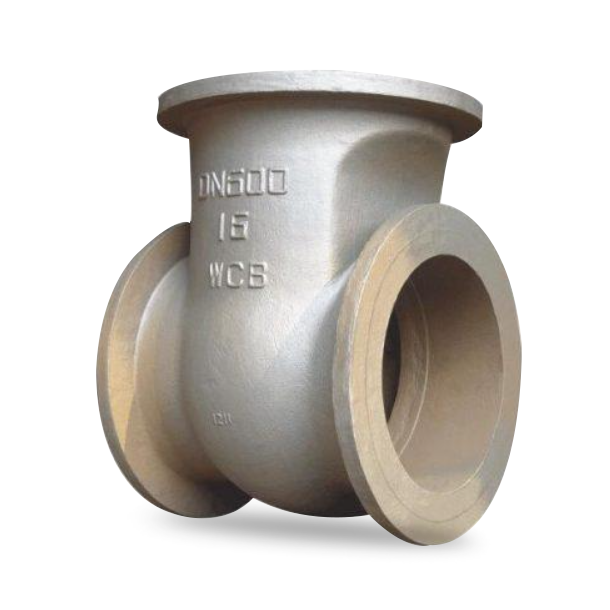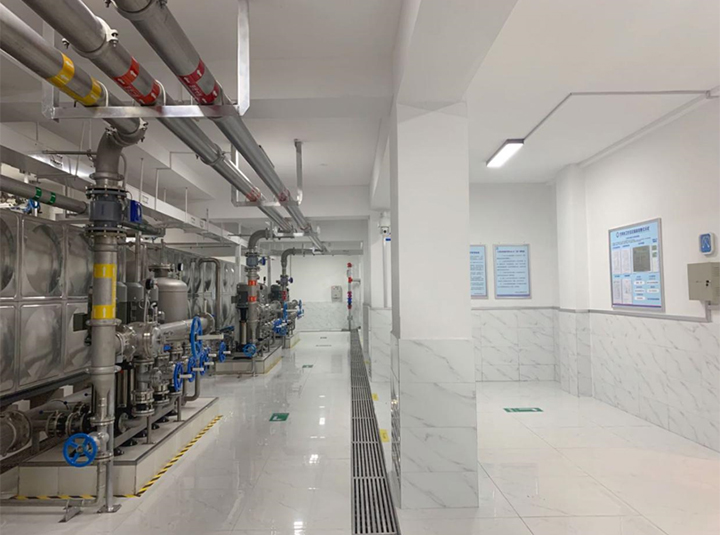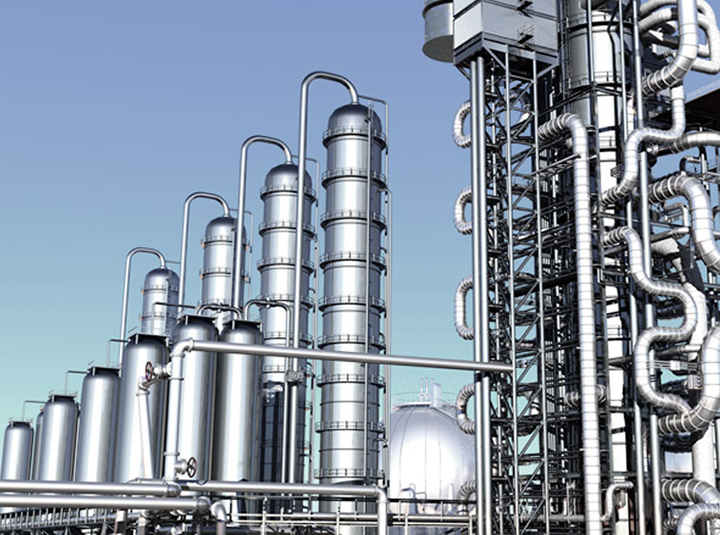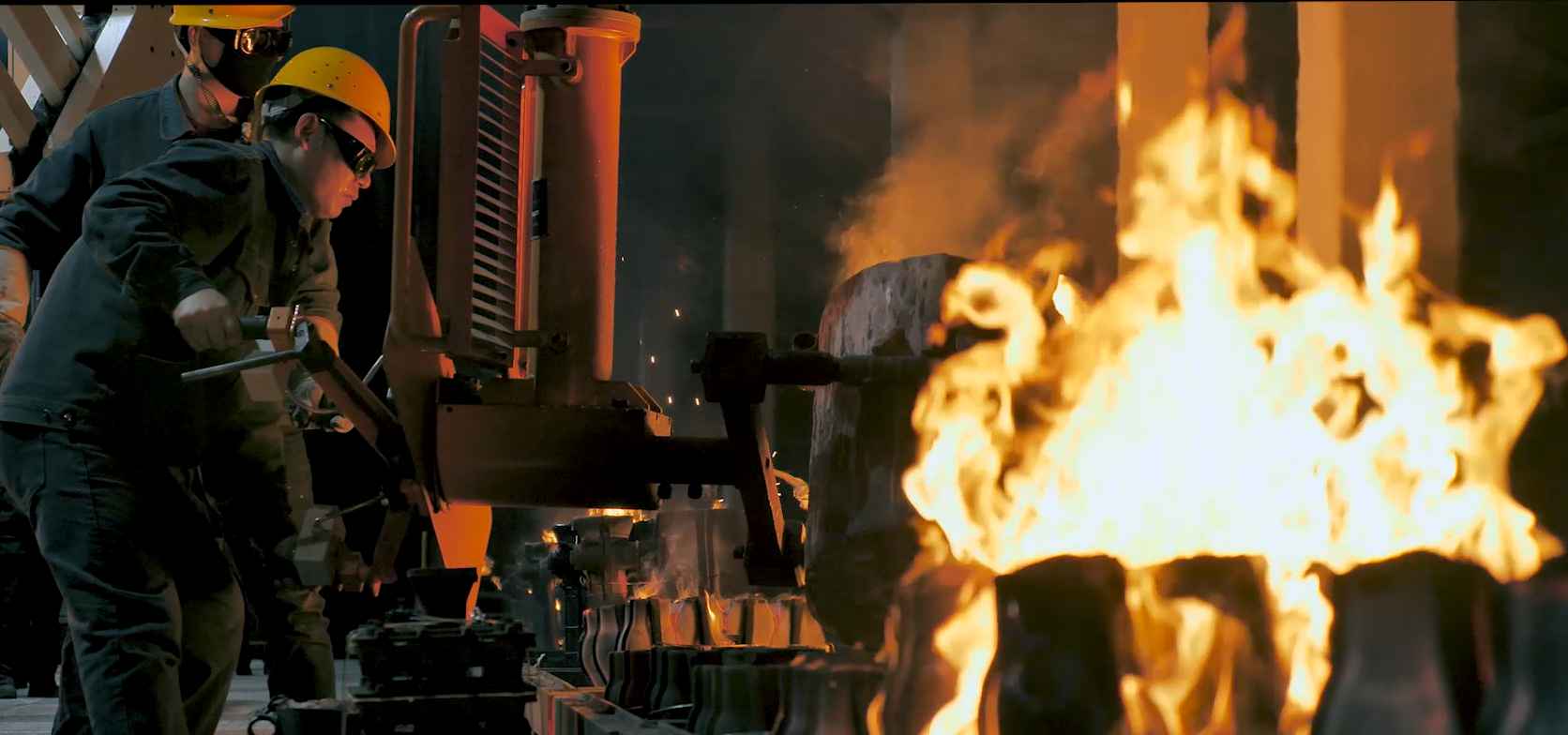A shut-off valve, also known as an isolation valve, is a crucial component in modern plumbing systems. It provides the ability to isolate and control the flow of liquids or gases in a piping system. Understanding the function, types, and proper use of shut-off valves is essential for ensuring the safety and efficiency of your plumbing.
Function of a Shut-Off Valve
A shut-off valve operates by physically blocking or allowing the passage of fluid through a pipe. When closed, it completely stops the flow, while when open, it allows free passage. Shut-off valves are strategically placed throughout plumbing systems to provide control points for:
Isolating fixtures and appliances for maintenance or repairs
Regulating water flow to specific areas
Protecting against leaks or burst pipes by isolating affected sections
Types of Shut-Off Valves
Various types of shut-off valves exist, each designed for specific applications. Common types include:
Ball Valves: Feature a rotating ball with a hole that aligns with the flow path when open and perpendicular to it when closed.
Gate Valves: Have a wedge-shaped gate that slides perpendicularly to the flow path, blocking or allowing flow.
Globe Valves: Resemble ball valves but have a spherical body and a disk that moves vertically to control flow.
Check Valves:Allow flow in one direction only, preventing backflow or reverse flow.
Automatic Shut-Off Valves: Automatically shut off the flow in response to specific conditions, such as excessive pressure or water leaks.
Proper Use and Maintenance
To ensure optimal performance and safety, shut-off valves must be properly used and maintained.
Locate valves:Familiarize yourself with the locations of shut-off valves in your home or workplace.
Operate valves correctly:Open and close valves fully to avoid leaks. Avoid partially closing valves, as it can lead to premature wear and tear.
Inspect valves regularly:Check valves for leaks or damage periodically. Replace or repair any faulty valves promptly.
Protect from freezing:If located in areas prone to freezing, insulate valves to prevent freezing and subsequent damage.
Benefits of Shut-Off Valves
Installing shut-off valves in your plumbing system offers several benefits:
Increased safety:Allows for quick and easy isolation of areas in case of leaks or emergencies.
Reduced repair costs:Makes it easier to isolate and repair fixtures or appliances without shutting down the entire system.
Improved water conservation:Controls flow to specific areas, reducing water consumption and potentially lowering utility bills.
Simplified maintenance:Provides easier access for valve replacement or maintenance tasks.
Conclusion
Shut-off valves play a vital role in the safety and functionality of plumbing systems. Understanding their types, uses, and proper maintenance is crucial for homeowners and professionals alike. By incorporating shut-off valves strategically throughout your plumbing system, you can increase safety, reduce repair costs, improve water conservation, and ensure the efficient operation of your plumbing infrastructure.









